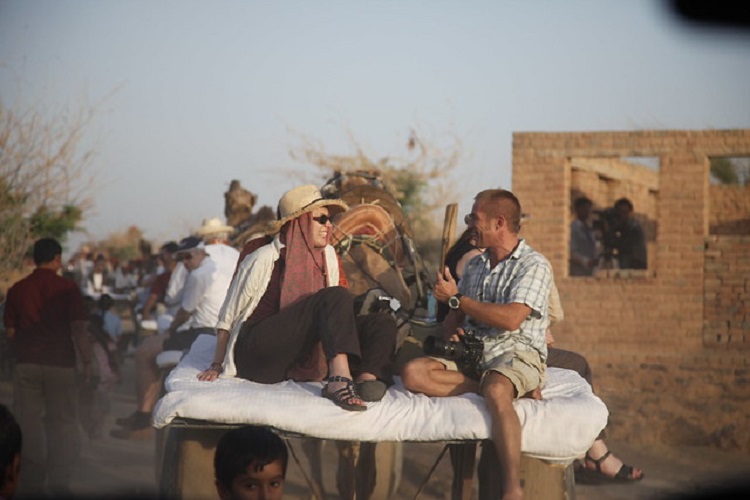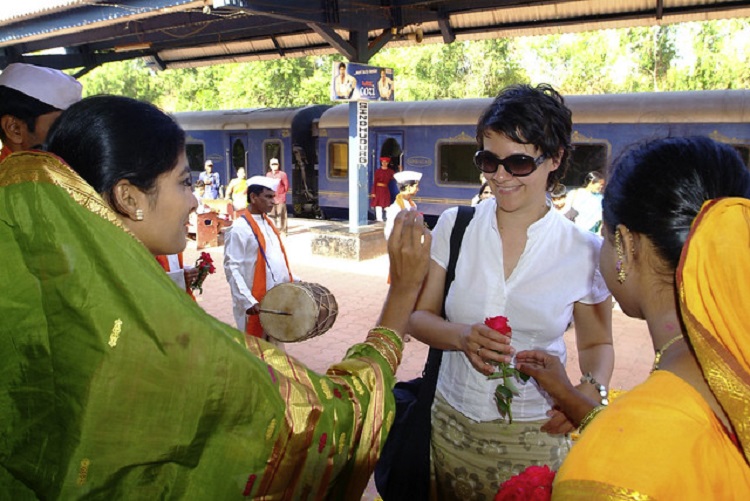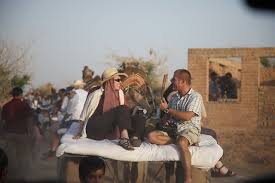India’s rise in the travel and tourism industry was acknowledged during this year’s edition of the World Travel Awards in Qatar where this ‘incredible’ country was voted as “World’s Leading Travel Destination” and the Incredible India campaign by the Ministry of Tourism, Government of India to promote India as a global tourist destination led to it being voted “World’s Leading Tourist Board”.

The Tourism Ministry of India has played an important role in the development of the industry, initiating advertising campaigns such as the ‘Incredible India’ campaign, which showcased India’s culture and tourist attractions in a fresh, impressive way. The campaign helped create a colorful image of India in the minds of consumers all over the world.
When it comes to demand generation in the travel and tourism industry, China and India are leading the way with close to double-digit growth in this industry. India’s tourism industry is experiencing a strong period of growth, driven by the burgeoning Indian middle class, growth in high spending foreign tourists, and coordinated government campaigns to promote ‘Incredible India.
Talking about the trends in the travel and tourism industry in India, it is one of the most profitable industries in India credited with contributing a substantial amount of foreign exchange. Andhra Pradesh, Uttar Pradesh, Tamil Nadu, Karnataka and Rajasthan are the leading tourism destinations in India in terms of total tourist arrivals.
Another new segment to watch out for in the travel and tourism industry is medical tourism. India has been promoting its healthcare tourism by providing visitors with private healthcare facilities and with current trends and forecasts it is expected to grow at a CAGR of 60.69%.
The luxury travel segment is one segment with huge potential according to the industry insiders. Although the boom in the luxury travel segment is not at the level it was a few years, the reports of its decline have been greatly exaggerated notwithstanding a complete Euro-zone meltdown and a looming global economic crisis.
According to a recent report by Felicity Long in Travel Weekly, the buzz at the International Luxury Travel Market (ILTM) conference in Cannes, France, in early December was a clear indication that there is indeed a strong demand in this travel niche.
According to the Future of Luxury Travel report released by the ILTM in conjunction with Horwath HTL, bookings to Asia and Latin America are currently outpacing Africa, the Middle East, and the Caribbean. Also of note is the finding that India, China, and Russia would attract an increasingly larger share of international luxury travelers as per the ILTM report published last summer.
There are lessons to be learned for the players in the travel and tourism industry. If one goes by the trend and forecasts there is a huge demand for cultural experiences among the new breed of tourists. To stay on top of the trends suppliers need to look for ways to package cultural interaction into the guest experience.
For the travel agents, who play a vital role as sellers and re-sellers on behalf of the suppliers, the issue is less about trying to predict the vagaries of the economy than staying on top of trending luxury destinations and a changing client base.
Creating insider experiences that range from pre-packaged, off-the-beaten-track tours with local guides, to customized outings and self-guided tours with the input of the concierge staff are the need of the hour. Sensing this demand, luxury travel companies like Orient-Express have invested in restoring the world’s most famous train routes. And travelers are responding by packing new trains.
Much of the new boom in luxury trains has come in Asia. When it comes to luxury rail tours, India leads the way with as many as 6 luxury trains offering unique cultural experiences across destinations in India. Indian Luxury Trains (ILT) is India’s first and only luxury train travel portal and we are looking at a great opportunity in this luxury travel niche in India” said Mr. Rahul Sharma, Managing Director of the Indian Luxury Trains. “These are really very exciting times for us here at ILT”.
Offering a one-stop solution to luxury travelers, ILT is also looking forward to taking luxury travel to the next level through its comprehensive offering. Mr. Sharma added that the availability of News, Reviews, and Brochures is an endeavor in making their offering more comprehensive. Besides measures are in place to up the tempo to proactively promote luxury trains in India in international markets through media and travel market fairs.
A luxury train traveling in India began with the arrival of Palace on Wheels in 1982 to promote tourism in Rajasthan. It was an instant and huge success and 5 more trains have followed since the introduction of the Palace on Wheels. Maharajas Express has already caught the attention of connoisseurs of luxury travel from around the world and is also acclaimed by the who’s who of the travel and tourism industry as one of the most sophisticated luxury train services creating unique and most opulent rail tours in Asia.

“Luxury trains in India are designed to create cultural interactions by bundling the ethos and tradition of a bygone era into an elegant and unique guest experience” added Mr. Sharma “which adds to the appeal of the overall experience of the journey”. Palace on Wheels was a runner-up at the recently concluded World Travel Awards in the category of “World’s Leading Luxury Train” whereas the Indian Maharaja was voted as “Asia’s Leading Luxury Train”. In the recent past, Maharajas Express was the first runner-up at the Conde Nast Travellers Readers’ Travel Award 2011.
One way to address the altering needs of the tourists is to shift from the concept of the merely pampered guest to one whose impetus for travel is an interest in in-depth experiences. International and even far-flung destinations are likely to become increasingly popular in these wish-fulfillment scenarios. If the kind of confidence perceptible in suppliers spills over to consumers then luxury travel might well turn out to be a market that retailers can take to the bank.



Comment (0)